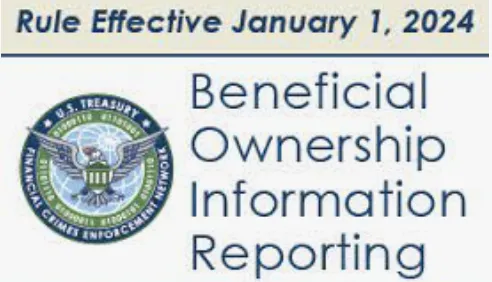For companies owned by foreign persons, determining the foreign shareholders’ US tax residency is critical. This is because related party transactions between foreign-owned domestic corporations and their foreign shareholders are required to be reported to the IRS on Form 5472. Determining if you’re required to file Form 5472 as a foreign person can save you from a $10,000 penalty. Read below to ensure you fully understand if the law requires you to do so.
How do you classify a foreign person’s US tax residency for business tax purposes?
The IRS defines foreign persons as the following:
- An individual who is not a citizen or resident of the United States
- Any partnership, association, company or corporation that did not organize in the US
- A foreign estate or foreign trust
- Foreign government (or agency) to the extent that the foreign government engages in the conduct of commercial activity
The IRS considers you a nonresident alien if you are an alien, unless you meet certain requirements. You can determine those requirements in a calendar year via the green card test and substantial presence test.
The Green Card Test
If you are a lawful permanent resident of the US as an immigrant, you meet the green card test. The US immigration law must grant this status. Generally, you have this status if you are a green card holder. Under this test, an individual continues to have US resident status unless any one of the following actions occur:
- He/she voluntarily renounces and abandons this status in writing to the USCIS
- The USCIS terminates the immigrant status
- A US federal court judicially terminates the immigrant status
The Substantial Presence Test
The substantial presence test is a numerical formula which measures the days of presence in the US. The IRS considers an alien a US resident for tax purposes if they are present in the US for at least any of the following:
- 31 days during the current year
- 183 days during the 3-year period that includes the current year, and the 2 years immediately before that. This must include the following: all the days you were present in the current year, 1/3 of the days you were present in the first year before the current year, and 1/6 of the days you were present in the second year before the current year.
As an example, John Doe is a foreign person who has been in the US for 115 days in 2017, 125 days in 2016 and 175 days in 2015. Using the substantial presence test, the IRS considers John a US resident for tax purposes for the 2017 tax year.
Can Cleer help me with determining US tax residency?
Absolutely! At Cleer Tax, our dedicated team is committed to addressing the distinct requirements of your business.
We provide comprehensive tax advisory services tailored to your specific needs, covering every aspect of compliance and optimization – including helping you determine US tax residency and the necessary obligations that come with it. Our goal is to ensure that you capitalize on every available opportunity, leaving no stone unturned when maximizing your tax benefits and minimizing any potential liabilities.
Cleer provides Corporate Income Tax Packages encompassing federal and state income tax filings for a hassle-free experience. We also offer all-inclusive bookkeeping packages, which include your monthly statements plus your federal and state tax returns.
If you have any questions about determining US tax residency status and the associated tax obligations and forms to be filed, schedule a consultation with Cleer’s expert tax accountants to discuss them further. If you have further questions or need assistance, feel free to contact us.






